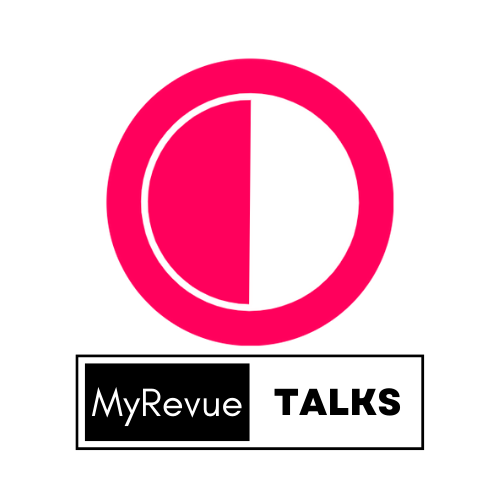Measuring the Impact of User-Generated Content
Measuring the impact of user-generated content (UGC) is essential to understand its effectiveness in achieving marketing goals

Written by Shivangi
Updated on 15/07/2023
<p class="MsoNormal">Measuring the impact of user-generated content (UGC) is
essential to understand its effectiveness in achieving marketing goals,
engaging audiences, and driving business outcomes. Here are some key metrics
and approaches to measure the impact of UGC:<o:p></o:p></p><p class="MsoNormal"><br></p>
<p class="MsoNormal">Engagement metrics: Track engagement metrics such as likes,
comments, shares, and mentions on social media platforms or website
interactions. These metrics indicate the level of audience engagement with UGC
and can help measure its reach and resonance.<o:p></o:p></p><p class="MsoNormal"><br></p>
<p class="MsoNormal">Reach and impressions: Measure the reach and impressions of
UGC to understand how far it has spread and how many people have been exposed
to it. This can be assessed through social media analytics, website analytics,
or by tracking specific hashtags or campaign mentions.<o:p></o:p></p><p class="MsoNormal"><br></p>
<p class="MsoNormal">Conversion rates: Analyze the impact of UGC on conversion
rates, such as click-through rates, sign-ups, purchases, or other desired
actions. Compare the conversion rates of UGC-related campaigns or content with
other marketing efforts to determine its effectiveness in driving conversions.<o:p></o:p></p><p class="MsoNormal"><br></p>
<p class="MsoNormal">User-generated content submissions: Measure the volume and
growth of UGC submissions over time. This can provide insights into the level
of audience participation and engagement with your brand or campaign. Increasing
submission rates indicate the success of UGC initiatives in motivating users to
contribute content.<o:p></o:p></p><p class="MsoNormal"><br></p>
<p class="MsoNormal">Brand sentiment and perception: Monitor brand sentiment and
perception among your audience by analyzing user-generated reviews, comments,
or testimonials. Assess whether UGC portrays a positive brand image, influences
audience perception, and contributes to brand advocacy.<o:p></o:p></p><p class="MsoNormal"><br></p>
<p class="MsoNormal">Social listening and sentiment analysis: Use social
listening tools to monitor conversations and sentiment around your brand or UGC-related
campaigns. Analyze user sentiments, opinions, and discussions to gain insights
into how UGC is resonating with your audience and identify areas for
improvement.<o:p></o:p></p><p class="MsoNormal"><br></p>
<p class="MsoNormal">Referral traffic and SEO impact: Track the impact of UGC on
referral traffic to your website or landing pages. Measure the number of
visitors driven by UGC-related campaigns or content. Additionally, assess the
SEO impact of UGC by monitoring search engine rankings, organic traffic, and
keyword performance related to UGC.<o:p></o:p></p><p class="MsoNormal"><br></p>
<p class="MsoNormal">Customer-generated insights: Evaluate the insights gained
from UGC, such as user feedback, product suggestions, or customer testimonials.
Assess the value of these insights in shaping product development, improving
customer experiences, or informing marketing strategies.<o:p></o:p></p><p class="MsoNormal"><br></p>
<p class="MsoNormal">User-generated content sentiment analysis: Analyze the
sentiment expressed within UGC to understand the overall sentiment and identify
patterns or trends. This can help gauge the emotional response of users towards
your brand and its impact on their experiences.<o:p></o:p></p><p class="MsoNormal"><br></p>
<p class="MsoNormal">Return on Investment (ROI): Assess the ROI of UGC-related
campaigns by comparing the costs incurred with the outcomes achieved. Measure
the financial impact, such as revenue generated, cost savings, or customer
acquisition, attributed to UGC initiatives.<o:p></o:p></p><p class="MsoNormal"><br></p>
<p class="MsoNormal">Remember that measuring the impact of UGC is a continuous
process, and it's important to align metrics with your specific goals and
objectives. Combine quantitative data with qualitative insights and feedback to
gain a comprehensive understanding of the impact and effectiveness of UGC.
Regularly review and analyze metrics to refine strategies and optimize future
UGC initiatives.<o:p></o:p></p>
<p class="MsoNormal"><o:p> </o:p></p>
